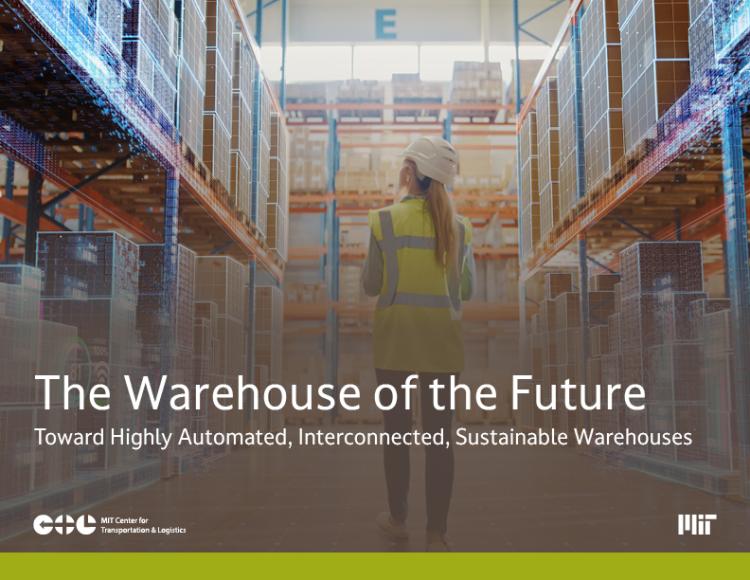
Executive Summary
The warehouse of the future represents a paradigm shift in warehouse design and operation. It is the industry’s response to the burgeoning growth of e-commerce, worldwide supply chain disruptions including warehouse labor shortages in developed markets, and increasing awareness of the significant volume of greenhouse gas (GHG) emissions emitted by warehouses.
In this white paper, we detail the concept and fundamental characteristics of the warehouse of the future: a shift toward a highly automated, interconnected system that leverages automation and digitalization to enhance precision, flexibility, and efficiency to adapt to changing market and supply chain trends, while integrating environmental sustainability alongside technological innovation. This concept signifies a forward-thinking model that aligns operational efficiency with a sustainable approach to warehousing, that is pivotal to the evolution of contemporary supply chains.
Strategic innovations in three key areas define the warehouse of the future:
- Automation: With advancements in technology and the growing need for greater efficiency and productivity, warehouses are increasingly adopting automation solutions across all processes. Speed remains a paramount concern, especially in the context of e-commerce, while flexibility has emerged as another critical factor, differentiating modern automation solutions from their predecessors. In addition, the challenge of integrating multiple automation technologies forces companies to ensure interoperability, to manage complexity, and to make better decisions about capital expenditure and long-term benefits.
- Digitalization: While automation brings efficiency and precision to warehouse operations, it is the integration of digital technologies that can unlock the true potential of highly automated warehouses. Key elements include high-speed connectivity for real-time adjustments and AI systems for enhancing the precision of robotic operations. However, the transformation journey faces two key challenges: the need for data accuracy and the acquisition of the right talent.
- Sustainability: The implementation of automation technologies in warehouses forces companies to reassess their sustainability strategies. This reassessment encompasses both the embodied carbon emissions from the materials used in warehouse automation and the energy consumption of new automation systems, like electric forklifts and automated storage systems (AS/RS). Sustainable practices, including the integration of renewable energy sources, like solar and wind power, and employing more energy-efficient technologies, are pivotal in reducing the environmental impact of warehousing activities.
About the Report
Many of the insights detailed in this report originated from an MIT Center for Transportation & Logistics roundtable hosted by Maersk in February 2023 at the latter’s warehousing facility in California, attended by more than 30 supply chain experts from 20 different companies. The insights in this report are based on the roundtable discussions and extensive research conducted by the authors at their respective organizations. MIT Center for Transportation & Logistics roundtables are open to member companies of the Center’s Supply Chain Exchange, an industry partnership program that offers companies a variety of exclusive opportunities to engage with Center research, insights, and guidance. For more information on how to join the Supply Chain Exchange, please contact us.